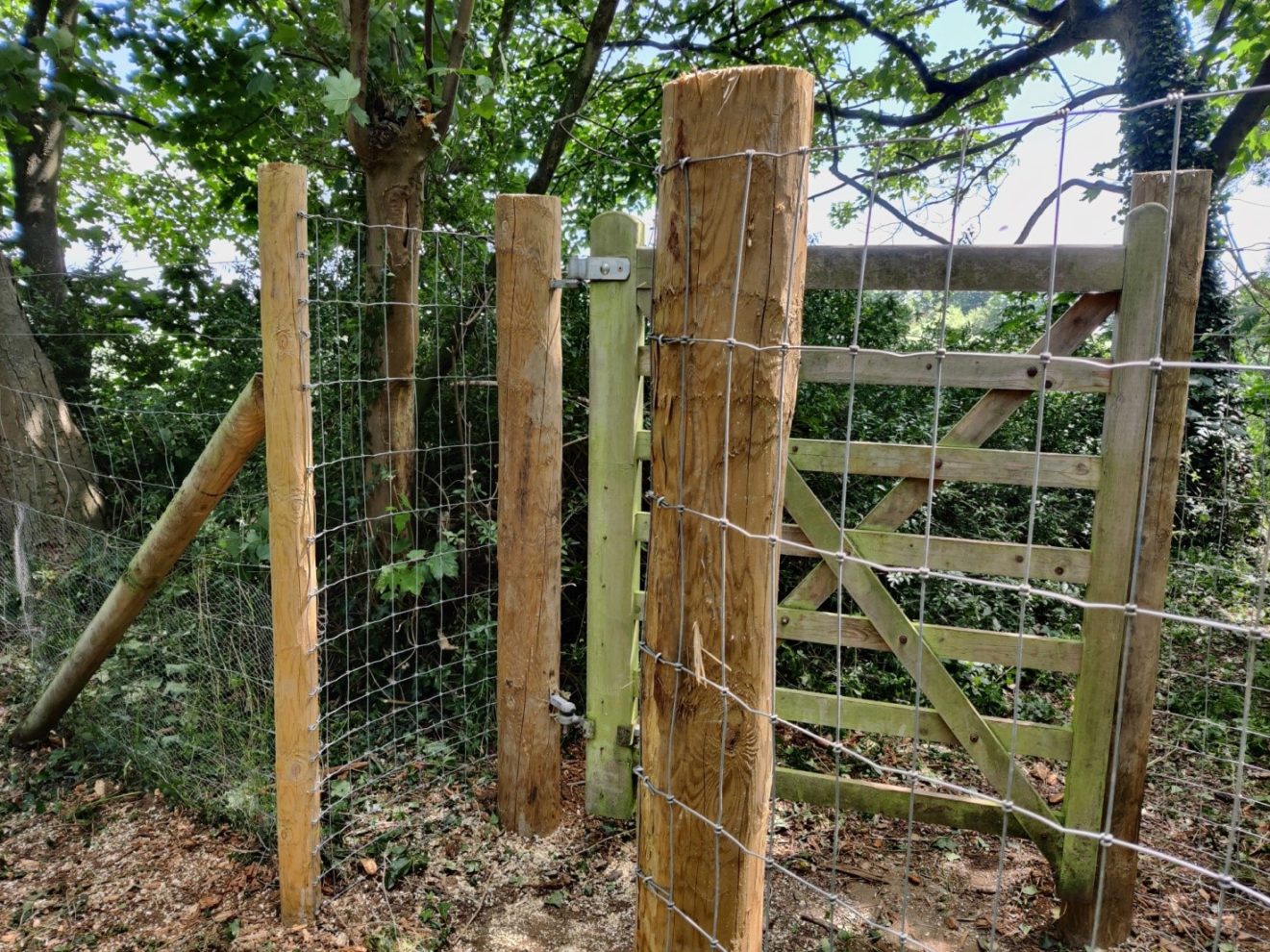Moggerhanger Garden Wood




Written by: Tom Kirk
To restore Garden Wood on the estate of Moggerhanger Park, this involved the removal of non-native invasive shrubs, felling of standing deadwood close to woodland paths, coppicing, and replacement of two gated entrances.
Achievements
Opening of the woodland floor to direct sunlight, removal of dangerous trees close to woodland paths, and the elimination of invasive shrubs. The new areas of cleared woodland will allow for a greater diversity of woodland floor species and a more evenly balanced flora throughout the woodland.
Benefits to People
The clearance and restoration work carried out has made the woodland safer for the visiting public, it also enabled the Trust to design and purchase interpretation boards for the woodland with which information about the woodland flora can be passed on to the general public.
Personally, the project has taught me a great many things, primarily in project management.
Benefits to Heritage & Landscape
The woodland is in a better condition with the interventions that the restoration provided, furthermore new skills acquired through the programme will ensure future improvements can be carried out in an efficient manner such as coppicing.
The woodland in in better condition with the removal of non-native invasive shrubs, cleared areas are yet to be colonised but it also provides opportunities for additional planting in keeping with the original Repton design.
Challenges & Lessons Learnt
Taking into consideration the wildlife habitat and working around this issue by carrying out the required work outside of the nesting season and working in compliance with the bat population. Trees that were earmarked for felling required experienced ecologists to survey them prior to felling.
Losing the initial contactor, a third of the way through the project and all the problems that it posed in contracting another contractor to complete the work, changes in budget, delays in completing the work, missed wildlife deadlines.
I would select a contractor based more on their proven track record over cost, I would also not commit myself to too many projects at once. My advice would be to thoroughly research your project and be clear on tasks and objectives.
































